All products featured are independently chosen by us. However, SoundGuys may receive a commission on orders placed through its retail links. See our ethics statement.
Best noise canceling headphones for airplanes
February 14, 2025

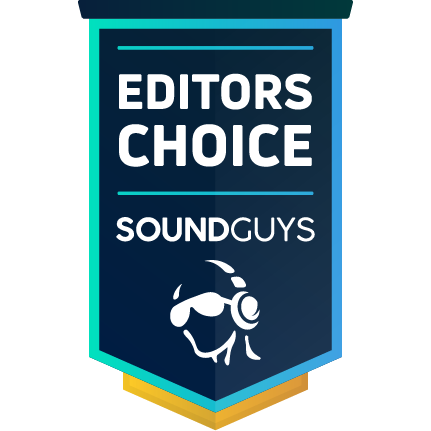
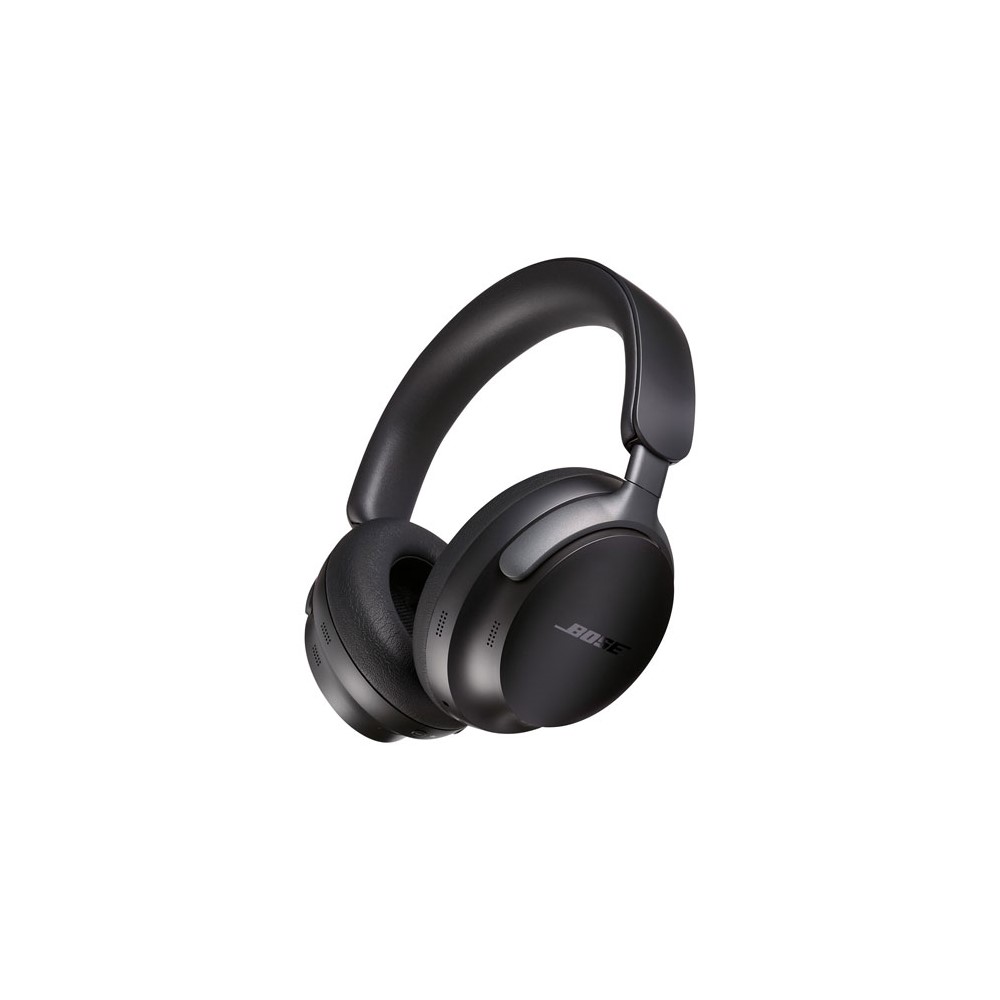






Your passport is ready, and you’ve packed your bags. You got through security and made it to the gate. Getting on the plane, you remember, no matter where you’re flying, airplane cabins are noisy. Ambient noise like engine hum and cabin chatter can be intrusive, and there might even be a crying child within earshot if you’re really unlucky. Flights can take a long time, so get comfortable with the best noise canceling technology. We’ve considered the factors that particularly impact folks when up in the air and whittled down the list to make your flight more pleasant—strap in for takeoff.
- This article was updated on February 14, 2025, to add the Marshall Monitor III ANC as a notable mention, and remove the Monoprice BT-600ANC, Shure Aonic 50, and Anker Soundcore Life Q20.
- This article was updated on December 19, 2024, to fix charts and updated links.
- This article was published on January 5, 2023.
The best noise canceling headphones for flying on an airplane are the Sony WH-1000XM5
With its excellent isolation and active noise canceling (ANC) technology and its comfortable fit, the Sony WH-1000XM5 is our pick for the best noise canceling headphones for air travel. It also happens to be one of the best headphones, period. But for flights, the headband of the WH-1000XM5 is supportive and light, while the ear cups effectively seal around your ears without a lot of pressure, making it easy to wear for hours, even if you fall asleep.
Loading chart ...
Boasting 31 hours and 53 minutes of battery life on a single charge, the WH-1000XM5 will last most around-the-world trips. It may not be the most extended battery life we’ve tested, but considering what the battery is powering: DSEE Extreme, ANC, and Sony 360 Reality Audio, the figure is impressive. Using the Sony Headphones app, you can hone in on your EQ preferences, control preferences, noise canceling preferences, and codec choices.
A Bluetooth 5.2 connection with LDAC, AAC, or SBC codecs suits any accompanying device and ensures you won’t run into latency issues. Furthermore, Sony continues to support hardwired connections by including a detachable cable with a 3.5mm headphone jack. This allows you to plug into in-flight entertainment media consoles to watch TV or movies. The only downside to contend with is the price, and unlike the previous Sony flagship, Sony WH-1000XM4, this pair does not collapse into a smaller footprint. Although, it’s worth noting that if you wear the headphones around your neck on the plane, it may not matter to you if they fold up.


Take SoundGuys’ quiz to find your best fit
The Bose QuietComfort Ultra Headphones have features to spare
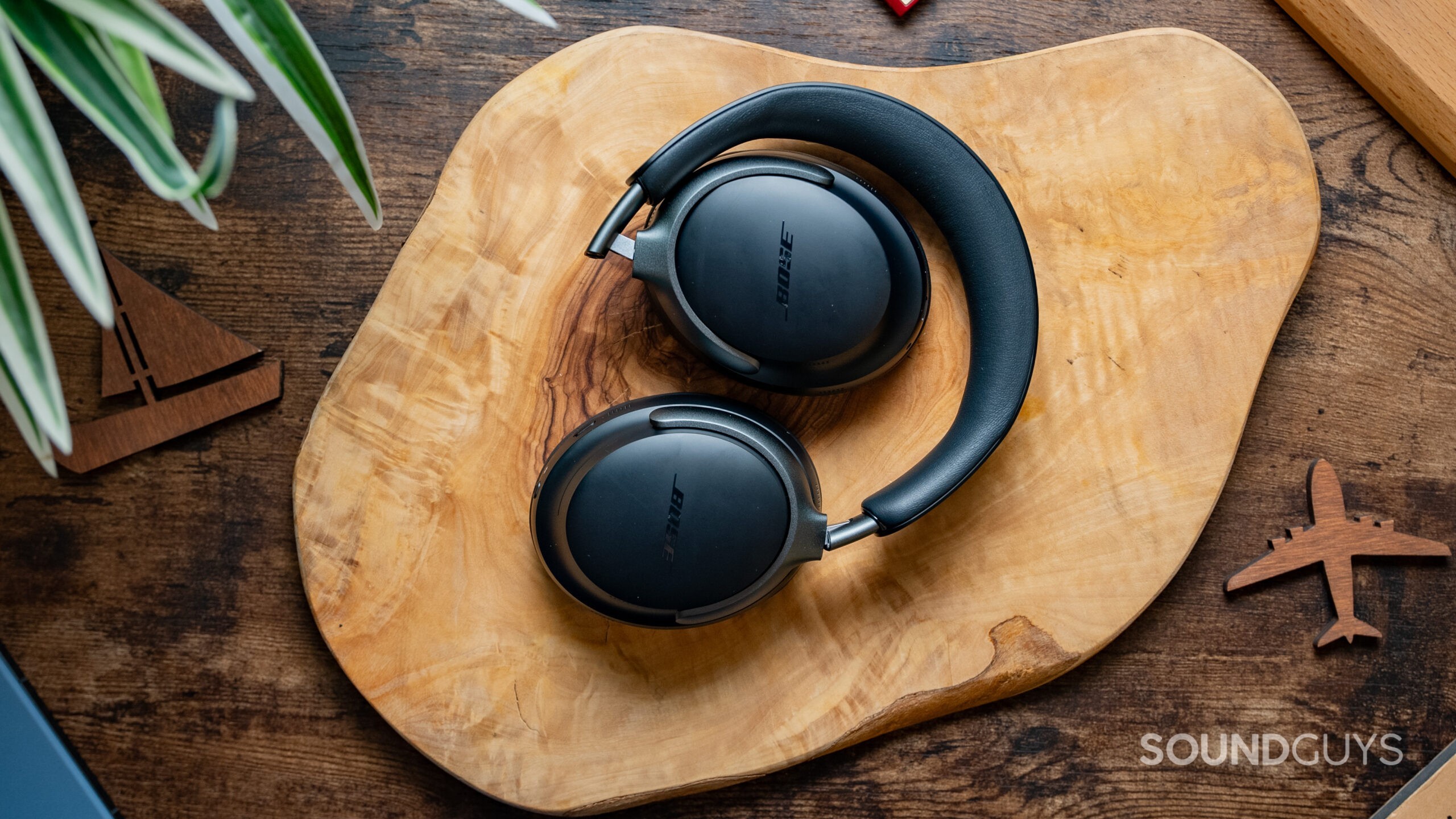
The Bose QuietComfort Ultra Headphones are among the best headphones for flying, thanks to their exceptional active noise canceling (ANC) capabilities and comfort features tailored for travel. You’ll notice that the large, dense ear pads do a great job sealing to your head, leading to excellent isolation, and the Bose QuietComfort Ultra Headphones do a rock-solid job of dispelling outside noise.
Loading chart ...
Comfort is paramount during long-haul flights, and the QuietComfort Ultra headphones don’t disappoint. They are designed with wide, soft-padded ear cups that comfortably encompass the ears, providing superior noise isolation and comfort. The headphones are impressively lightweight at 253g, minimizing head and neck strain during extended wear. The angled dynamic drivers also consider ear positioning, enhancing the overall wearing experience.
Furthermore, the Bose QuietComfort Ultra Headphones are a travel-friendly choice with their robust battery life, ensuring that they last for the duration of long flights without the need for frequent recharging. Including a compact carrying case with space for cables makes them easy to store and transport, adding to their convenience as a travel companion.


The Sennheiser MOMENTUM 4 Wireless have a long battery life
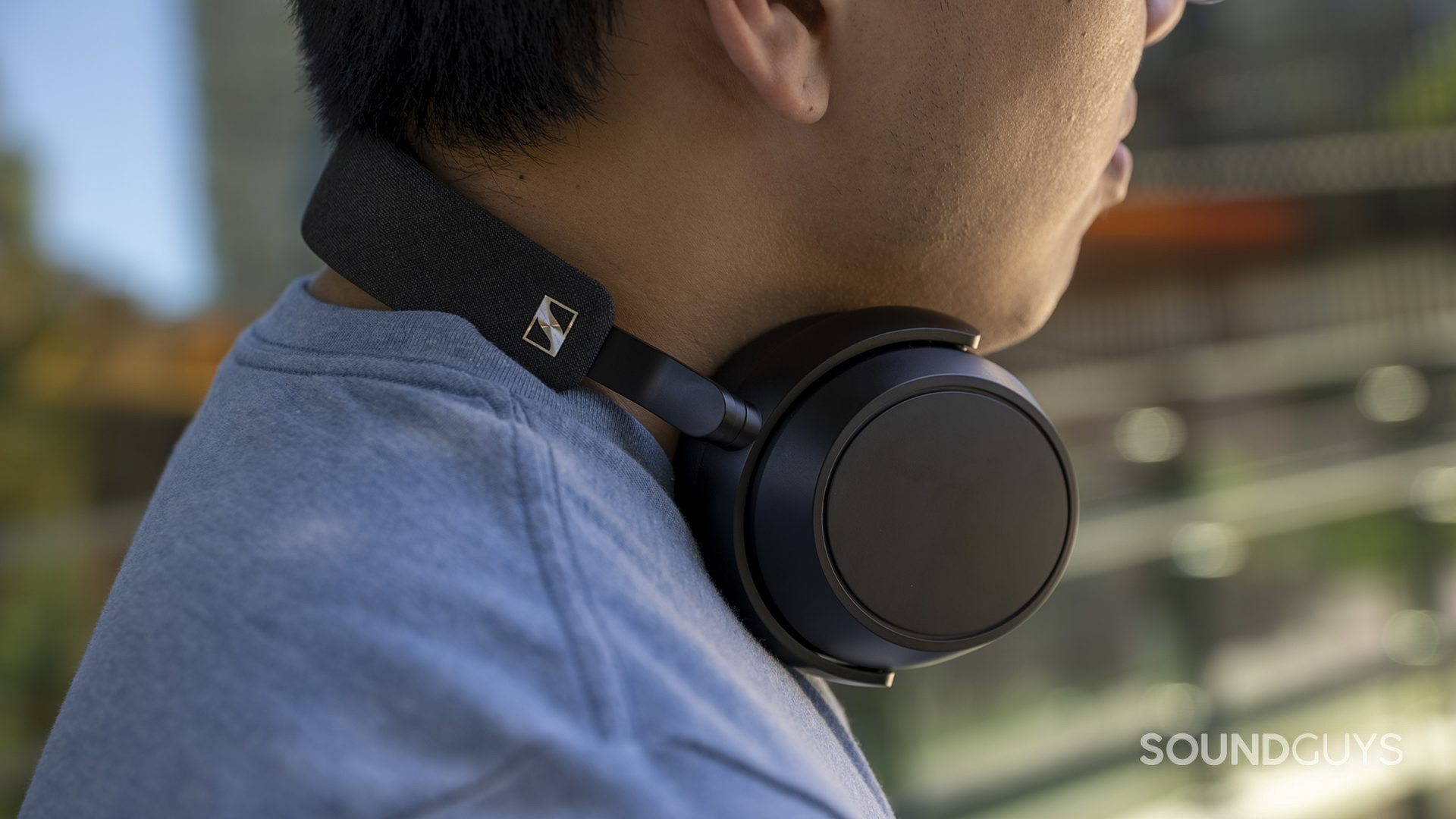
Sennheiser has airplanes in mind with the MOMENTUM 4 Wireless. The first sign that Sennheiser has designed the headphones for flying is the airplane adapter included in the package for use with the detachable 2.5mm to 3.5mm cable. While the MOMENTUM 4 Wireless does not have class redefining ANC on tap, it still cancels out a lot of environmental noise. Our review found that the MOMENTUM 4 Wireless feels comfortable with glasses, and the leatherette and fabric combination works well for longer listening sessions.
Loading chart ...
With an awe-inspiring battery life of 56 hours and 21 minutes, the MOMENTUM 4 Wireless is ready for several trips without needing a top-up charge. The fact that the case has ample storage and some rigidity to protect your investment does not go unnoticed, even though the headset lacks hinges to fold down. For many, the MOMENTUM 4 Wireless’s excellent sound quality pushes the Sennheiser cans to the forefront. In addition, the AAC, SBC, and extensive aptX support (aptX, aptX HD, and aptX Adaptive) means you don’t need to be concerned about whether latency will crop up as an issue with videos.


Apple users want to use the AirPods Max
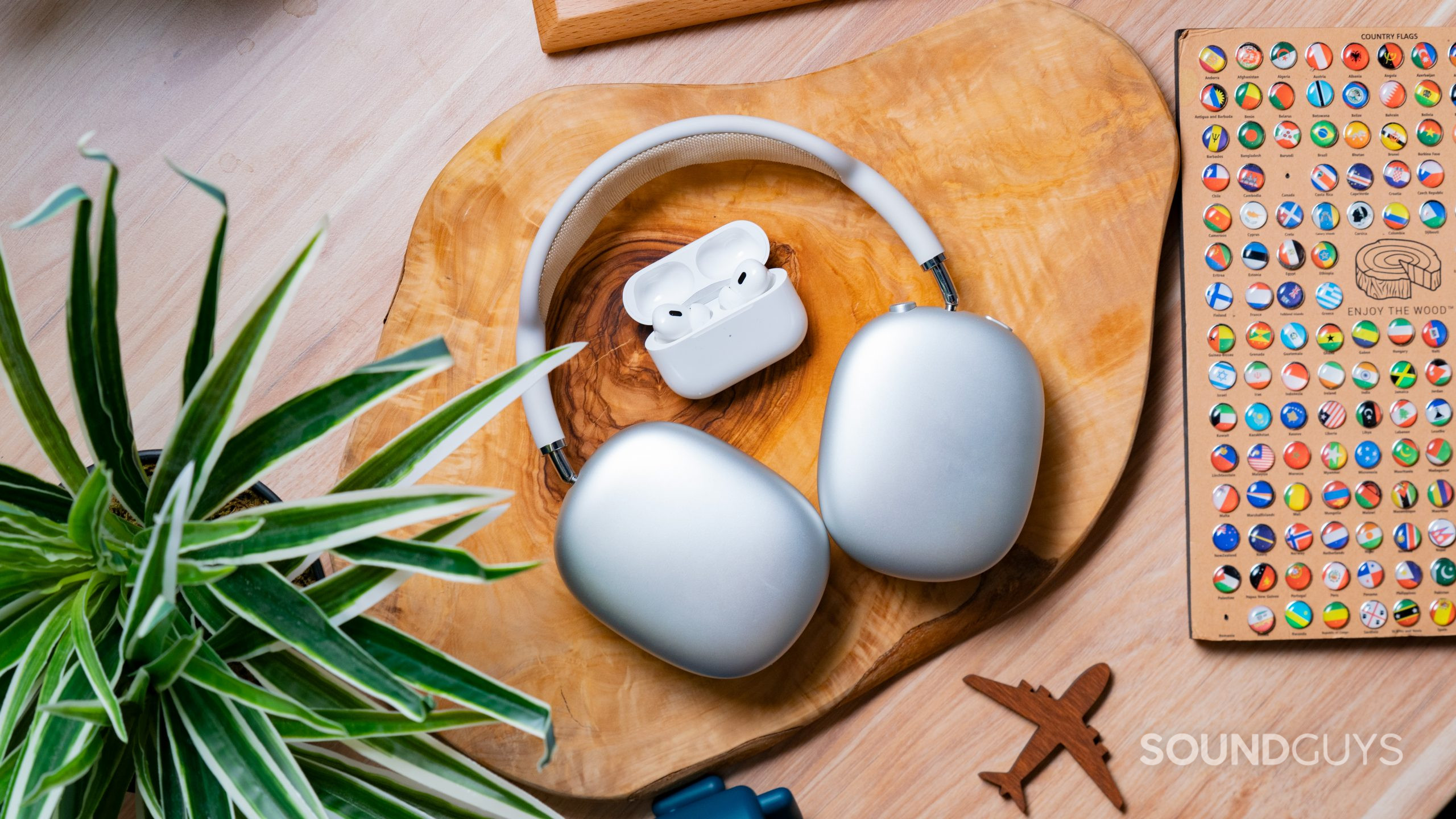
We know it’s not cheap, but the Apple AirPods Max is still an incredibly comfortable, stylish, and absurdly effective noise canceling headset. Apple has produced soft mesh ear cups that airily conform to the shape around your ears while isolating out high-pitched noise.
Loading chart ...
You’re unlikely to find yourself without audio, with just over 21 hours of battery life. In 2024, Apple refreshed the design to include a USB-C port and ditch Lightning, so you won’t have to worry about that any longer. If you mainly connect your Apple device, the H1 chip and AAC codec will ensure your connection remains stable. The AirPods Max is totally in its element for air travel.
Is now a good time to buy?
If you are an Apple user eyeing the AirPods Max, the second-generation AirPods Max 2 may arrive this year, so you may consider waiting if your next trip or vacation is far off.


What about the Apple AirPods Pro (2nd Gen)?
Each pair of headphones on this list takes up more space than a set of true wireless earbuds, like the Apple AirPods Pro (2nd generation). In terms of packing light, the AirPods Pro (2nd generation) fits in virtually any pocket. The latest Apple buds possess some excellent noise canceling capabilities, too. For iPhone users, the H2 chip integration means you can reliably enjoy whatever media you’ve got on your device.
Loading chart ...
Of course, there are downsides compared to over-ear headphones, such as long-term comfort and shorter battery life (5 hours and 43 minutes). Also, the Bluetooth-only connection prevents you from plugging into any media console the airline provides. That said, if you’re hopping on a relatively short flight and your iPhone is readily packed with your favorite podcasts and movies downloaded, the AirPods Pro (2nd generation) can cancel airplane noise very well.

Save your money with the Anker Soundcore Life Q30
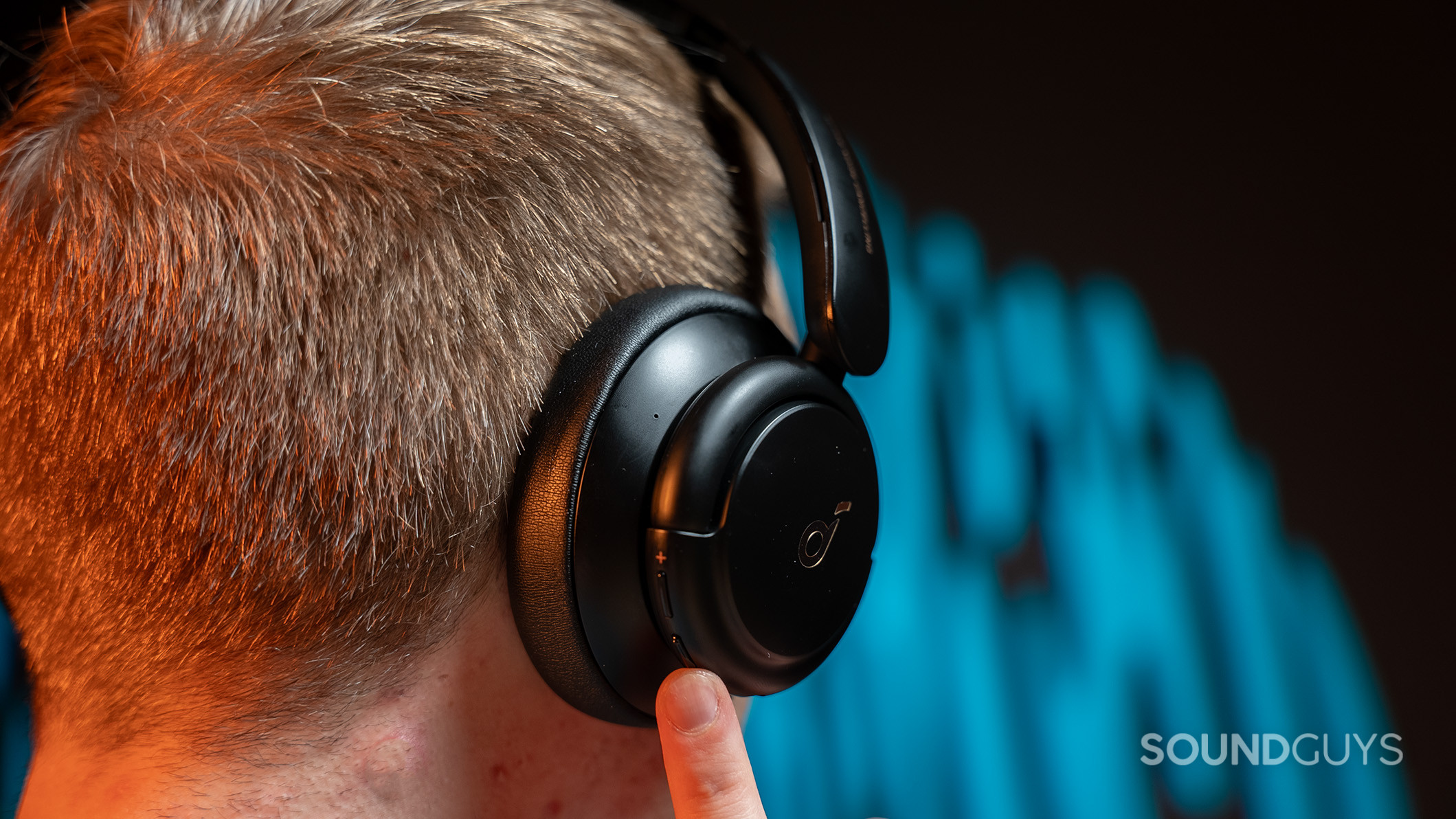
The Anker Soundcore Life Q30 headphones are an excellent choice for air travelers seeking a balance of quality, comfort, and value. The active noise cancelation significantly reduces low and mid-frequency noise, minimizing cabin noise on the plane. They are also comfortable to wear for hours at a time, with ample padding around the ears if you end up falling asleep.
Loading chart ...
The transport mode is the most useful of the three available ANC modes since it blocks out frequencies that passive isolation alone struggles to attenuate.
Our standardized testing confirmed battery life at an impressive 46 hours and 35 minutes (ANC on), which should be sufficient for most trips. But if you do need more juice, the fast charging capabilities provide another four hours of listening time with just a five-minute top-up.
For only $80, you also get a hardshell carrying case, offering convenient storage and protection during travel. And with the ability to EQ the audio through the Soundcore app, travelers can adjust the sound profile more to their liking.

The Sennheiser ACCENTUM Plus are good value for travel
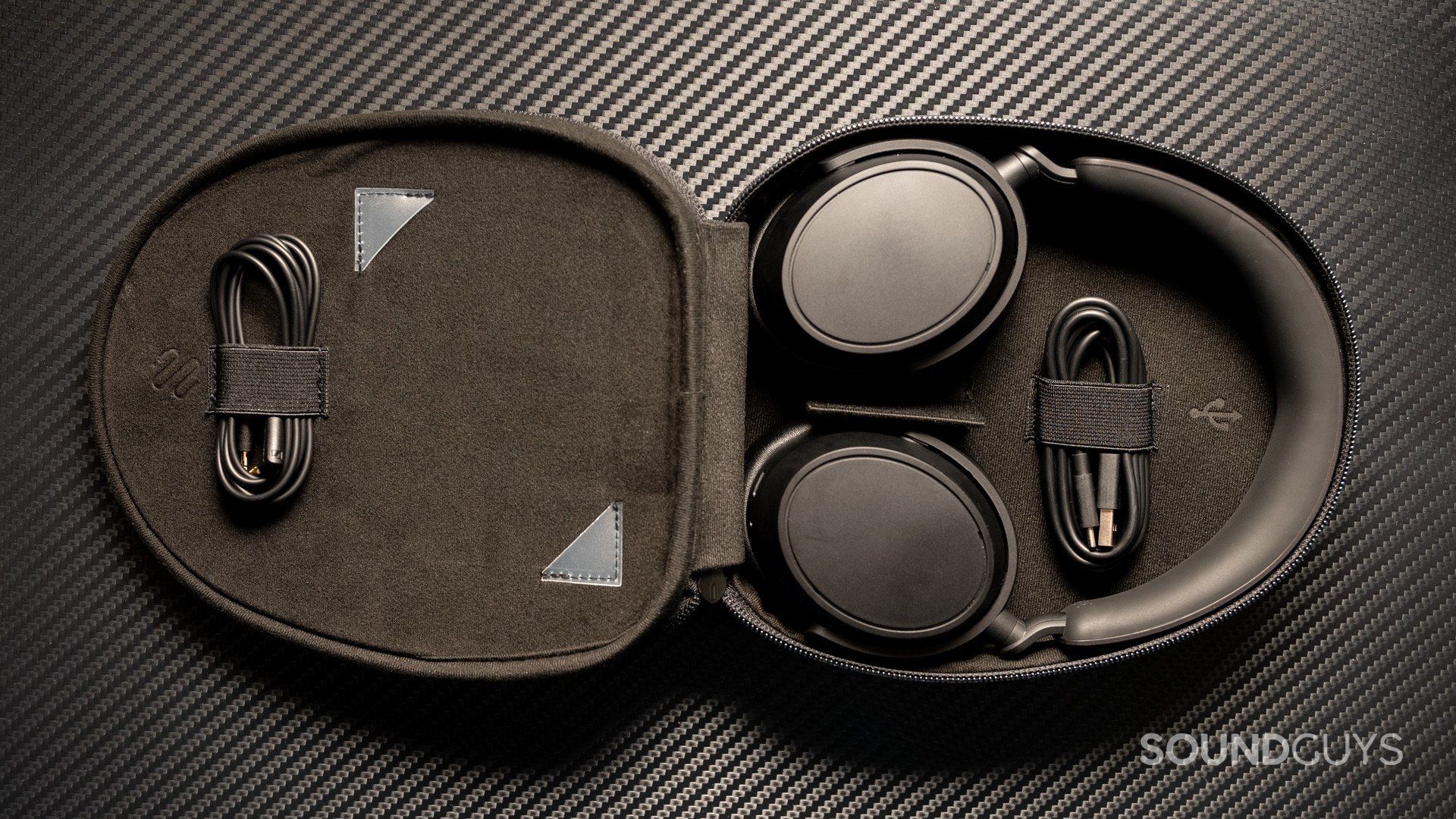
The Sennheiser ACCENTUM Plus headphones offer a solid choice for travelers, especially those looking for middle-ground active noise canceling (ANC) capabilities without breaking the bank. Priced under $300, these headphones come with a softshell carrying case, making them relatively travel-friendly, although their inability to fold up might be a slight inconvenience for some. They feature touch controls for easy operation and offer both wired (via a USB-C port and a 2.5mm TRS socket) and wireless Bluetooth 5.2 connectivity, ensuring versatility during travel.
Loading chart ...
With an impressive battery life of over 53 hours with ANC on, travelers won’t have to worry about frequent charging. The ANC performance is decent, attenuating about 80% of outside noise, suitable for reducing the hum of an airplane or train, though not entirely eliminating it. While they may not compete with top-tier ANC headphones in noise cancelation, their comfort, battery life, and connectivity options make them a practical choice for air travelers seeking good value.

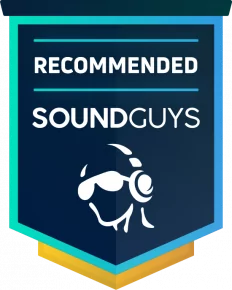
Notable mentions
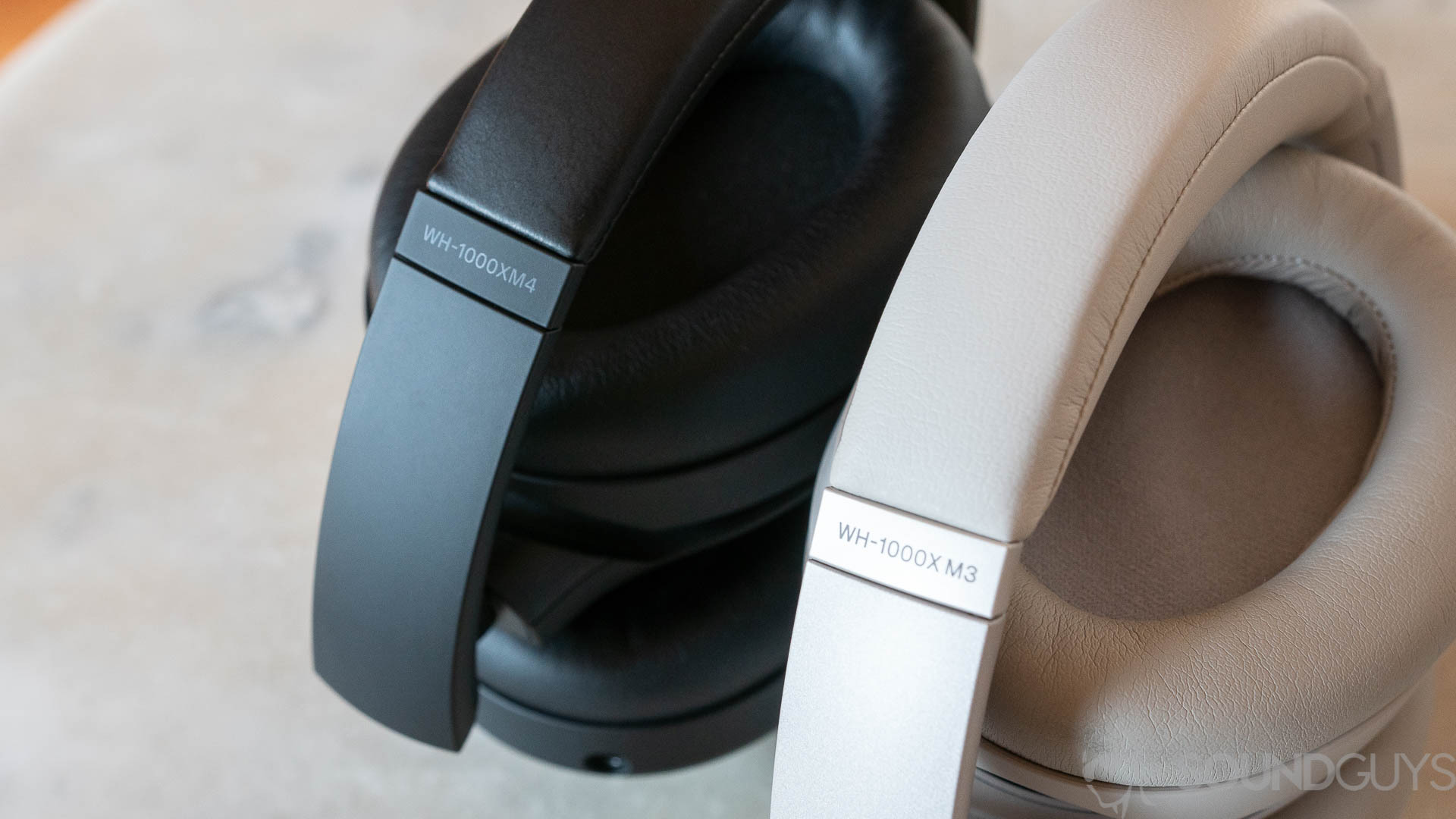
- Anker Soundcore Space Q45 ($149 at Amazon): Striking up a nice balance between price and feature set, these cans include a surprisingly good app with an equalizer, as well as good ANC. That you get LDAC and AAC codecs mean it pairs with any operating system, while the 3.5mm cable means you can use it with the airplane media player.
- Edifier W820NB Plus ($69.99 at Amazon): The Edifier W820NB Plus has a comfortable fit, decent sound, and plenty of features to offer the casual listener on a budget, the lack of foldable design is a big downside for commuters and air travelers.
- Marshall Monitor III ANC ($349.99 at Amazon): While the Marshall Monitor III ANC don’t have the best noise canceling on the market, it is still very respectable. These headphones also have a unique design and a great travel case.
- Sony WH-1000XM4 ($278 at Amazon): The older sibling of the WH-1000XM5 topping our list, this set doesn’t isolate noise quite as well, although it still does a very good job canceling noise generally. It also has the added benefit of folding hinges to take up less space in your bag.
- Sony WH-XB910N ($148 at Amazon): First off, by default, these headphones are too bassy for most listeners, but they are comfortable, but you can use the Sony Headphones app to improve the sound with EQ. It costs less than the flagship WH-1000XM5, which makes it worth a closer look.
What you should know about noise canceling headphones for flying on an airplane
Airplanes are loud, but with the advent of ANC, the din of the cabin need not bother you as much. Technically, you can use noise canceling headphones on a plane and probably have a better experience than non-noise-canceling headphones. With that said, if you’re shelling out the dough, we have a few tips to make your purchase more wisely.
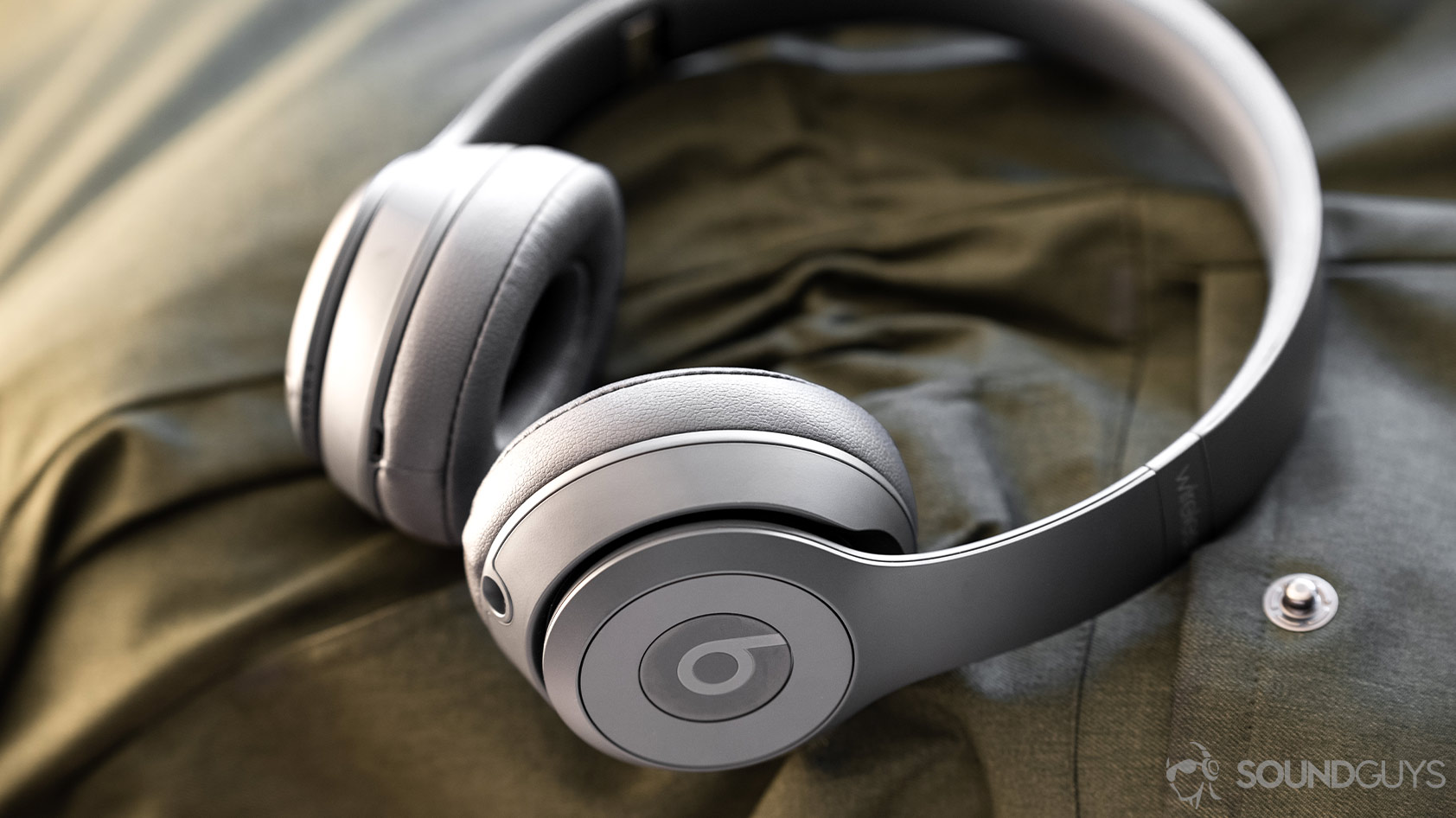
Some simple features to keep in mind when looking for noise canceling headphones for flying, besides the noise canceling feature, include getting closed-back headphones. All ANC headphones have closed-backs, but this is a reminder to leave the open-back headphones at home. Using open-back headphones will annoy your seatmates because they will hear virtually everything you’re listening to. Not to mention, all cabin noise will still reach your ears.
We recommend going for over-ear headphones rather than on-ear headphones. They may take up less room, but on-ear headphones typically aren’t comfortable over long periods. In addition, from an engineering perspective, it’s simply more challenging to create an isolating seal when the ear cup pushes against your ear rather than hugging around it as with over-ear headphones. That’s also why on-ear headphones feel less comfortable, as a general rule. They’re fine for short periods but cause discomfort on a long flight. Save yourself a literal headache, and choose closed-back over-ear headphones.
What you need to know about noise canceling and flying in an airplane
Loading chart ...
Given that airplane cabin noise runs the gamut of 60dB up to 114dB, averaging 85.6dB, it makes sense that you should want to turn it down. Ideally, your noise canceling headphones will have both good isolation and ANC. Isolation typically blocks high-pitched sounds, like crying babies or constant chatter. It achieves this effect by creating a seal around your ear. Because airplanes involve prolonged listening sessions, you’ll want to balance effective isolation and comfort.
For instance, some headphones can isolate very well but have vice-tight grips, which do not bode well for hours on end. This is particularly true for people who wear glasses because some headphones clamp down too hard for comfort.
Whereas isolation blocks those incidental high-pitched sounds, you’ll want ANC that comprehensively filters the midrange and low-pitched noises in the airplane cabin. In particular, you want your ANC to cover around 1000Hz and below. ANC is well suited for the cabin environment and the droning sounds of the aircraft’s engine. Considering that ANC works by inverting waveforms to “cancel” out the noise, a droning waveform with little variation (unlike the baby crying) is the perfect application of the technology. You want to ensure that whichever headset you pick affects the critical lower frequencies because not all ANC is created equal.
Battery life is important for flying, but so is a headphone jack
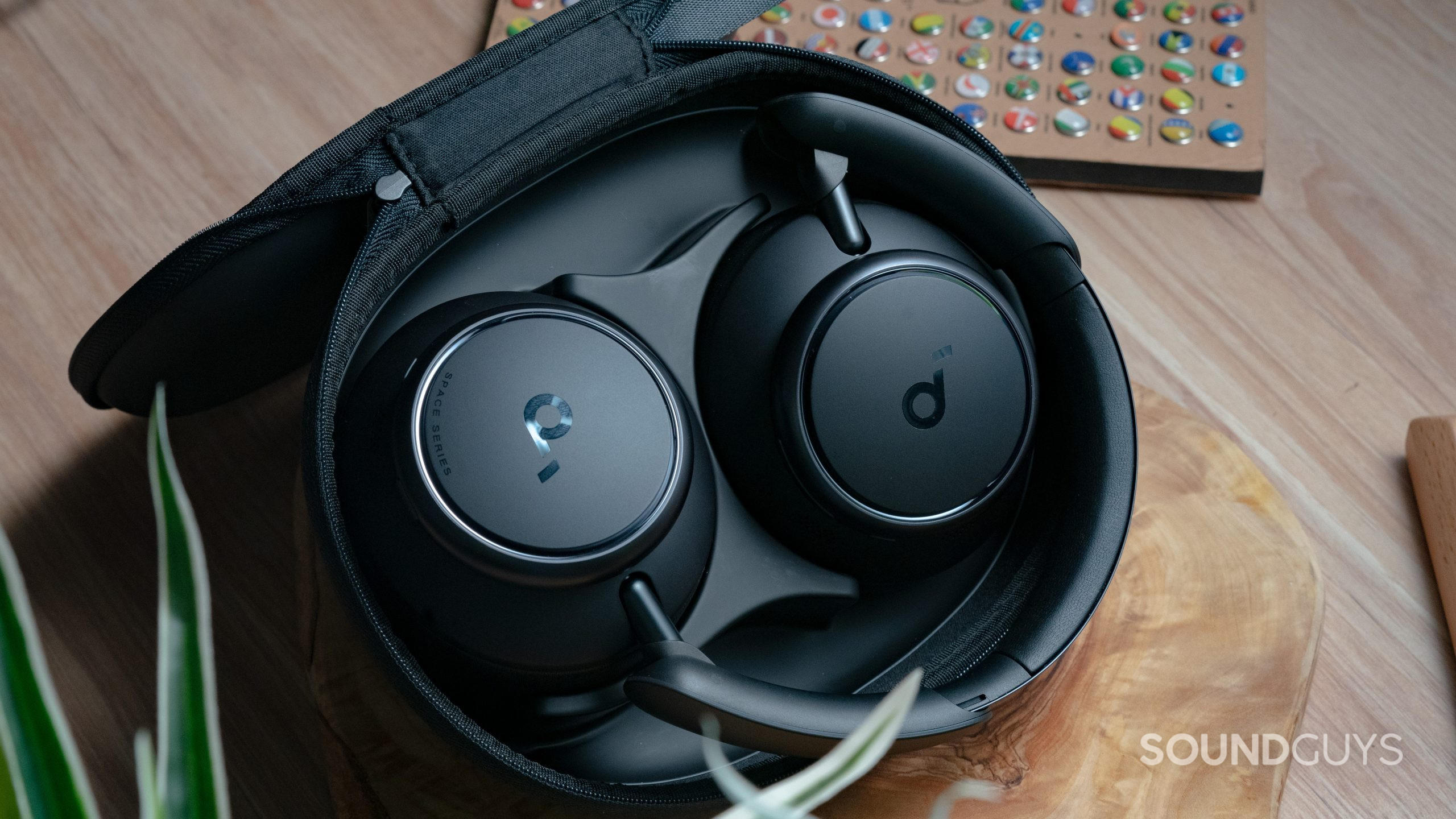
You might have moved on and away from the headphone jack, but in-flight entertainment has not necessarily moved with the same speed. Indeed, some flights feature apps that allow passengers to access media from devices and laptops, in which case your Bluetooth headphones will do just fine, but not all airplanes have this. So, you’ll want to make sure your headphones can use a headphone jack. In addition, check that the headphones you pick don’t have any odd quirks like turning off the ANC when you plug in a cable, for instance.
Plenty of airplanes still require a hardwired connection to watch movies on the media players built into the back of seats.
If the in-flight entertainment of your choice consists of downloaded podcasts, music, and videos on a personal device, then you’ll want to check that your headphones have the battery life to last your flight. Nobody wants to get caught with a dead battery during a show. Bluetooth headphones have reached a point where you don’t need to worry if the battery will last your flight if fully charged. However, if you’re planning to board with noise canceling earbuds, you’ll want to check that the battery life can handle the length of your flight. In imperfect circumstances, a fast charge function might be important if you board with a battery that is not fully charged, eking out an hour or two from a few minutes of charging.
The AAC codec is optimal for Apple devices. For Android, something like aptX or LDAC yields better audio than AAC, and if you’re watching a video, definitely aim for something better than SBC or AAC. Otherwise, you may encounter latency in audio and video synchronization.
Which accessories will make your noise canceling headphones better for flying?
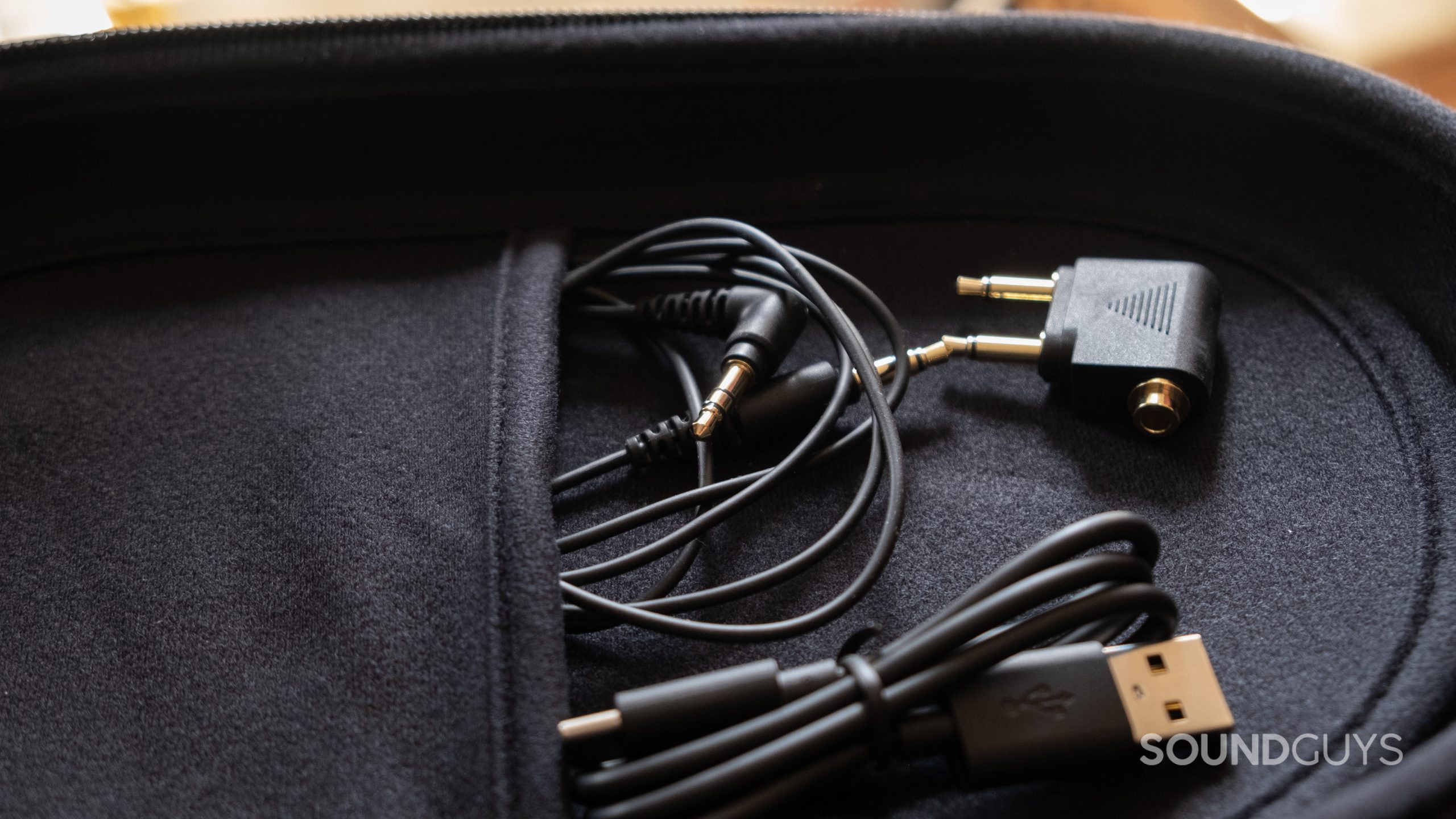
Everyone has their preferences and rituals with flying, but you may want a couple of items to improve the experience. For your headphones, you probably want a case. Some of our selections already come with a case. Typically, you should look for something that occupies minimal real estate in your bag but offers some protection from crushing. Internal pockets in a case can help keep your accessories together, like the charging cable.
You might’ve noticed that some airplanes use an unusual two-pronged connector for the built-in media players. To save you the hassle of purchasing the crummy earphones airlines offer, get an airplane adapter. It’s small and pretty cheap. You can stow it in your headphones case when not in use.
Check with your airline about capacity limits, but a battery power bank can improve most travelers’ experiences. Some cabins have USB ports for convenient charging, but it’s common to discover the one at your seat doesn’t work. Since many folks fly with power-hungry devices, keeping a battery pack on hand can help if your headphones’ battery drains before you land.
How we test the best noise canceling headphones for flying on airplanes
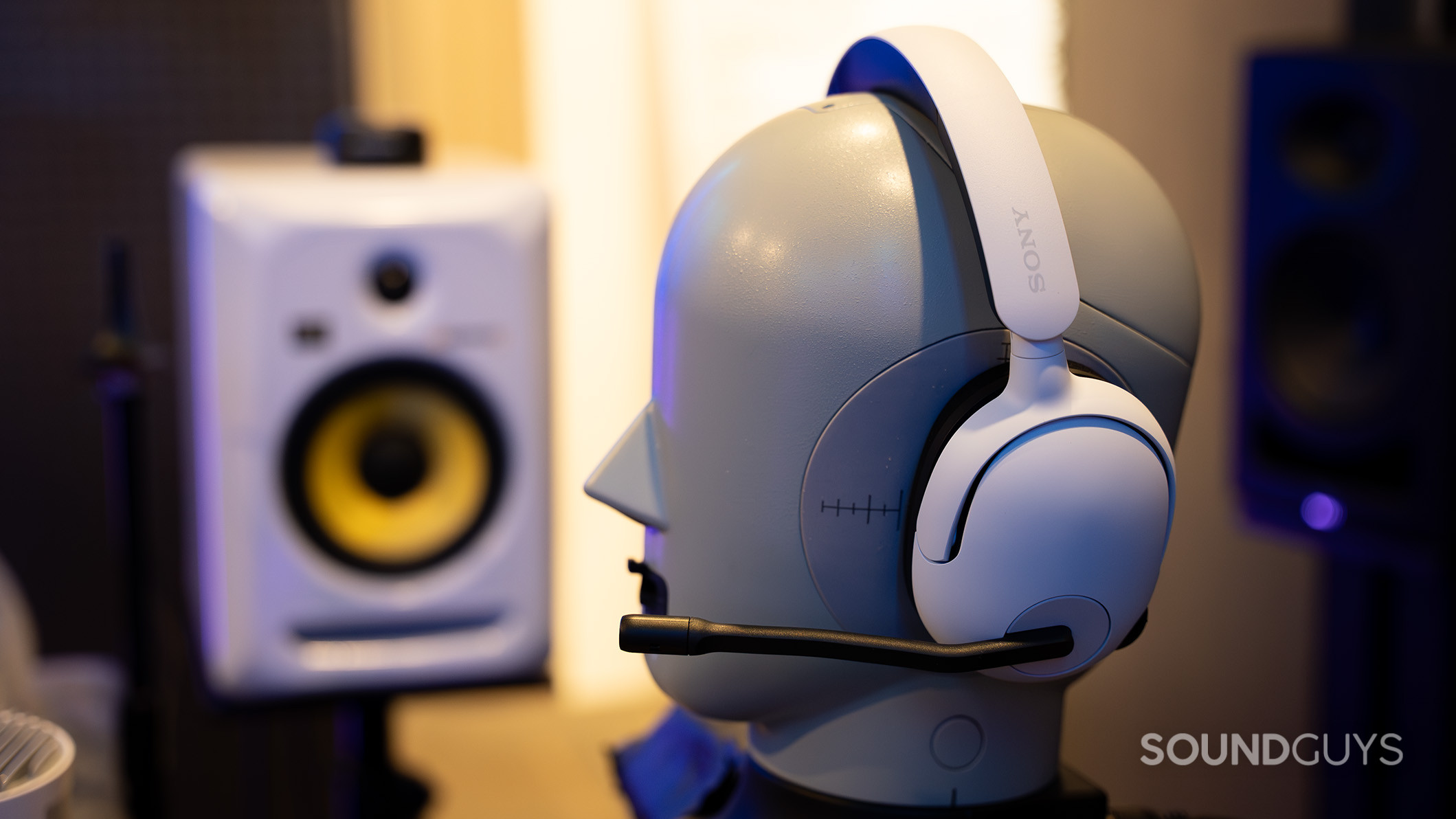
We subject all our headphones to the same set of tests, from standardized battery life tests to measuring frequency responses and noise canceling efficacy with our Bruel & Kjaer 5128. In addition to using our objective measurements to support our findings, we review each set of headphones hands-on to see how well they perform their intended uses. Some products are better on paper than in reality, so we test and try everything we review.
How we choose the best noise canceling headphones for flying on airplanes
We’ve selected the best noise canceling headphones for flying on airplanes by consulting our staff’s extensive knowledge and comparing all of our objective tests. The Best list here is not representative of a single individual’s opinions. Instead, it is the culmination of our shared expertise as an organization, as informed by objective measurements and reviews. For this list, we consider individual travelers’ variable and unique needs with necessary features. For example, we look for good noise canceling, comfort, and connectivity.
Why you should trust SoundGuys
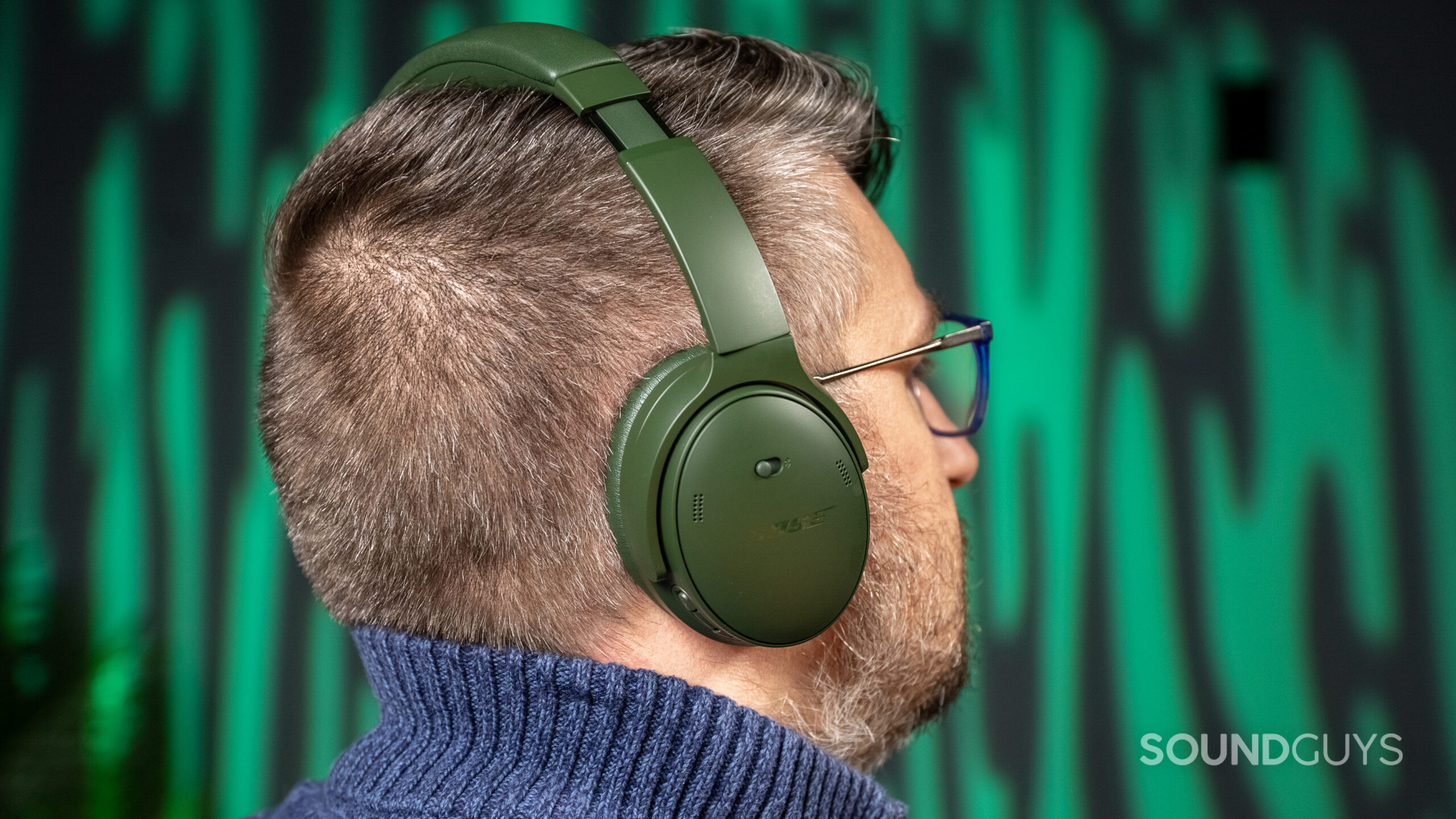
SoundGuys is not paid to endorse any products. Our editors and writers do not benefit financially by privileging one product over another. Furthermore, our advertising team is strictly separate from our editorial team. While SoundGuys does earn money through affiliate link sales, the money funds the organization and does not go toward individuals. Because of this, the editors and writers at SoundGuys rely on our expertise and desire to share knowledge when recommending any single product. Our editorial staff has no stake in pushing any one product unless it is measurably better than another product.
Frequently asked questions
Yes, you can use Bluetooth on an aircraft. So that you know, you will need to put your device into airplane mode. Unless told otherwise by the flight attendants, you can use Bluetooth while in airplane mode. Most of the time, you'll also need a hardwired connection to use the media player console aboard your plane.
Some airplanes use a two-prong audio jack system to deliver stereo sound to passengers. However, this is becoming less common with newer aircraft adopting standard 3.5mm jacks. The dual-prong setup was traditionally used to separate audio channels. If you encounter a two-prong system, you may need an adapter to use your own headphones that feature a single 3.5mm plug.
Yes, noise canceling headphones are designed to reduce ambient noise, making them especially effective at diminishing the consistent drone of airplane engines.
For airplanes, it's preferable to have headphones with noise canceling capabilities to counteract cabin noise. Over-ear or in-ear styles both work, depending on your comfort preference. Also, ensure they are compatible with any devices you bring or the airplane's entertainment system.
Here are some tips to block out loud noise on a plane:
- Wear noise canceling headphones.
- Use foam or silicone earplugs.
- Listen to music, white noise, or ambient sounds to mask the cabin noise.
- If you can, choose seats further up in the cabin, as they're generally quieter than those near the engines.
Earbuds won't have as effective passive isolation as headphones. Still, you can use earbuds from Bose, such as the QuietComfort Ultra, on airplanes, as the ANC is very effective.
Policies may vary by airline. Still, generally, it is okay to use noise canceling headphones so long as the device they are connected to is in Airplane Mode during takeoff and landing. Some airlines allow headphones once the aircraft is airborne, while others require passengers to wait until the plane reaches cruising altitude.